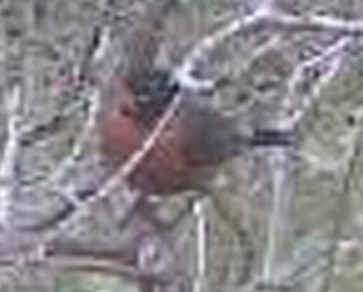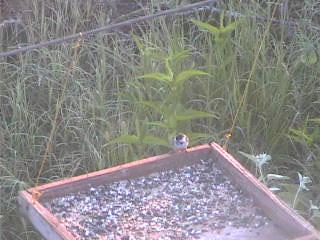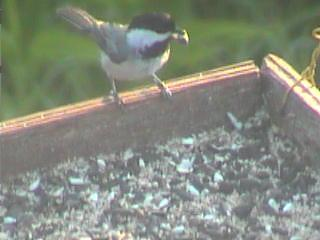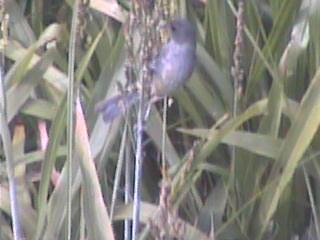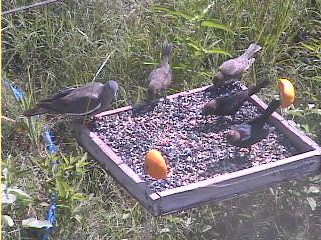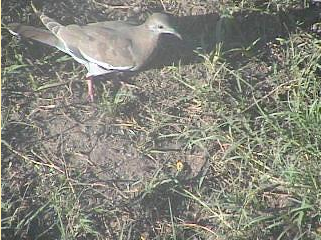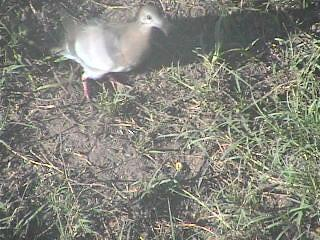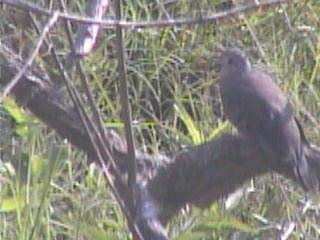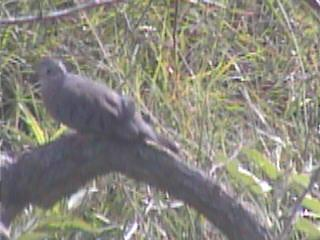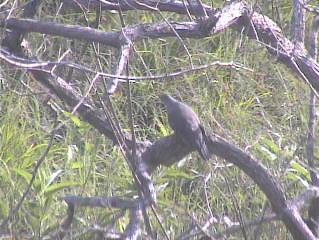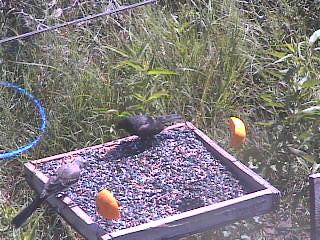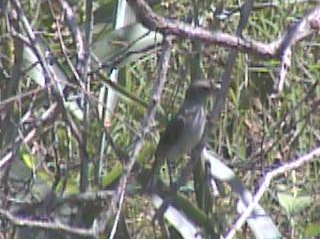Questions from Kay Loughman with answers from Welder’s Selma Glasscock.
1. Who is running the banding operation, and what is it’s goal?
John Rappole is in charge of the banding operation. It’s goal is to band birds of the target species, i.e., those found occurring north of the breeding range as reported by Oberholser (1974) (candidates listed in Table 1 – see attached). Birds will be captured using mist nets placed at intervals near the attraction station. These nets will be 12 m in length x 2.6 m in height, and of variable mesh size according to the species targeted (24 mm for hummingbirds, 30 mm for warblers, buntings, and vireos, 36 mm for orioles, 61 mm for jays, and 121 mm for doves). Each captive will be weighed, sexed, aged, checked for molt and subcutaneous fat, checked for brood patch and cloacal protuberance, banded with a U.S. Fish & Wildlife Service aluminum band, and given an individually-unique color-band sequence. This process of capture and banding of extra-limital species will be done throughout the Welder Wildlife Refuge as well as at selected sites beyond the refuge borders.
2. What species are being color-banded, and what do the color bands mean?
Any bird from a target species will be color banded. The color bands simply allow us to tell one individual from another.
3. How old is the Welder species checklist? Will our observations help them to update it?
The Welder checklist is revised as necessary. Yes, birders in the CONE project may help to update the list if they capture a species that has never been recorded on the refuge – or if they are capturing birds in seasons other than those in which it is listed. As far as the abundance indices on the checklist, there is less of a chance that their observations can affect change there because bird populations and abundances may vary dramaticallyfrom year to year.
4. Why is Welder still putting red food coloring in the hummer feeders? That practice went out with hummingbird research people decades ago!
Here is Dr. Rappole’s response to this question:
“The reasons that I have chosen to use red dye in the hummingbird feeders are as follows:
1. There are two species of hummingbirds that may occur at Welder as breeders that were not present as breeders 30 years ago: Black-chinned Hummingbird and Buff-bellied Hummingbird.
2. I wish to document their presence and seasonal persistence at Welder.
3. Red dye is highly attractive to hummingbirds, and I want any new birds to find the feeders as quickly as possible. As you say, once the birds know where the feed is, no dye is necessary. However, we do not know whether members of these species are present for days, weeks, or months at Welder, or if they are, whether or not they represent the same individuals.
4. There are no data to indicate that the red dye that is currently marketed is harmful to birds or any other vertebrate, including humans.”
5. When there’s a “mystery bird” at Welder, is there a local birder we can contact to check it out?
If John Callender wants to send me a photo of the bird directly, then I can take a quick look to see if it is identifiable from the photo. I really do not have time to go to the website and search for the images.
6. And by the same token, are there things the local folks might want us to watch for?
There may be from time to time and I can let John Callender know about these so he can post them.

